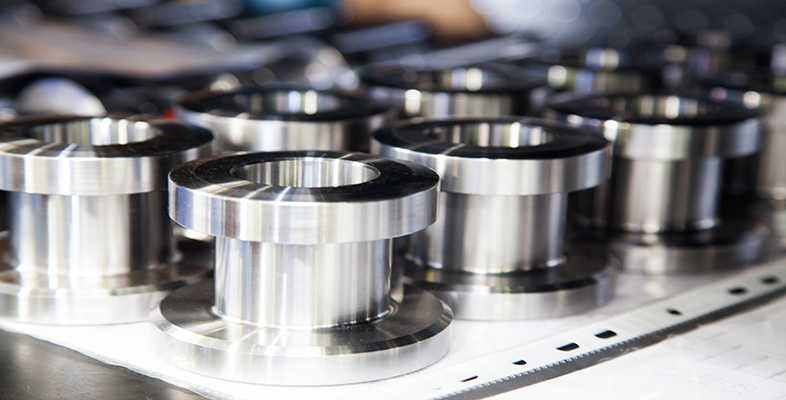2 Casting
2.1 Introduction
Casting is one of the easiest classes of process to understand. Casting is simply a process where a mould is filled with a fluid, which then solidifies in the shape of the mould cavity. Provided the liquid is capable of undergoing a liquid-to-solid transition, by freezing or chemical reaction for instance, then casting can be used. Making ice cubes and jellies are useful analogies here. The production of the mould is one of the most important stages in making a casting. The casting, when solidified, must be of the right shape for the final product. In making the mould, often a 'pattern' made in the shape of the final component is used. This might be a wooden mock-up, for example.
Complex 3D shapes can be made using casting processes. Casting can be used to make a vast array of products, from gas-turbine blades to cheap plastic toys. Cast parts can range in size from fractions of centimetres and grams (such as the individual teeth on a zipper), to over 10 metres in length and many tonnes (such as the propellers of ocean liners). Using one of the available casting processes almost anything can be manufactured. It is a matter of optimising materials to be cast, the mould material and the pouring method (see Properties for processing – casting).
Generally, during casting, the fluid flows into the mould under gravity, but sometimes the fluid may need some extra force to push it into the cavity.
Casting is not restricted to metals (or jellies). Glass and plastics can also be cast using a variety of processes, each being dependent on the raw starting material, and the manner by which it can be made to flow when it is in its liquid state. Casting processes can be classified into three types depending on the nature of the mould used.
